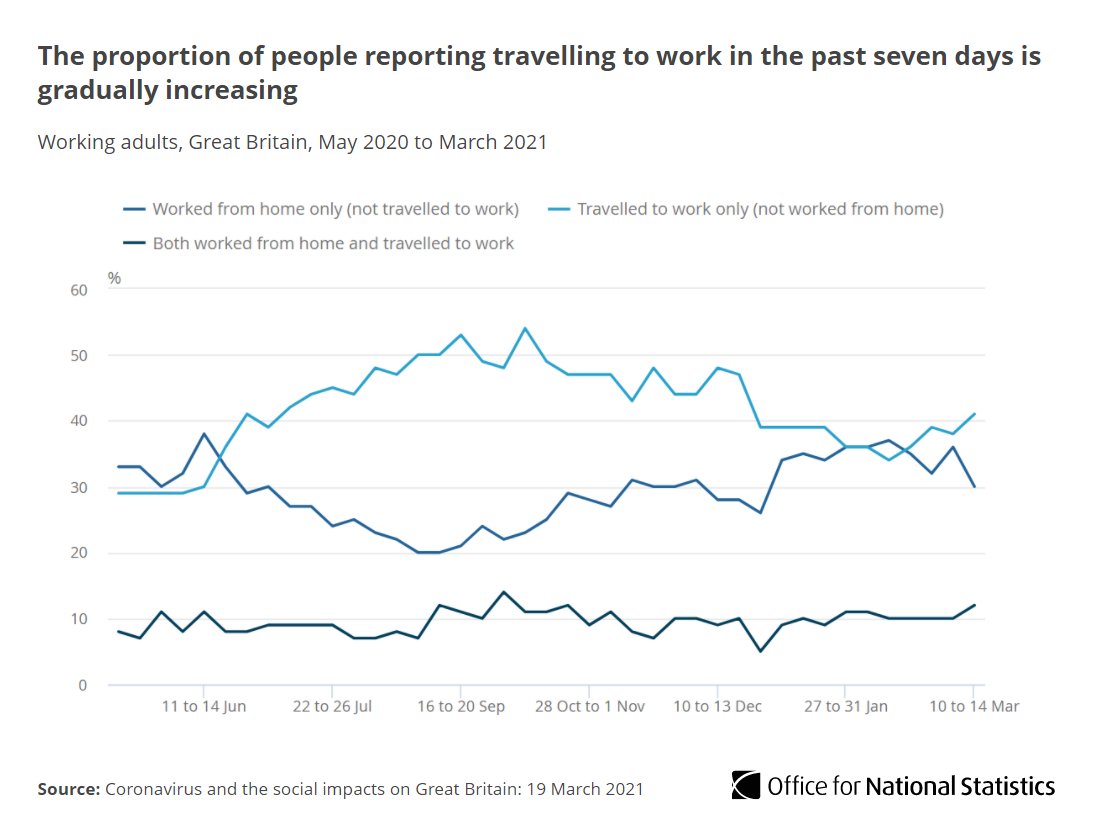
You may have recently heard or read about a new variant that was first identified in India emerging in the UK, including in London – so what is it and why are we hearing more about it? ⬇️ #Covid19
The variant, technically known as B.1.617 or VUI-21Apr-01, was first reported in the Maharashtra region of India in early March and cases have since been found in the UK, including in London. Latest numbers are published here 👇
gov.uk/government/pub…
gov.uk/government/pub…
It has been designated a Variant Under Investigation (VUI) by PHE. This is less serious than Variants of Concern (VOCs), such as our dominant UK variant first found in Kent or the variant first found in South Africa, but we still want to track it closely.
publichealthmatters.blog.gov.uk/2021/02/05/wha…
publichealthmatters.blog.gov.uk/2021/02/05/wha…
This is because it contains mutations that may be associated with changes in the way the virus behaves. Although there’s no evidence to suggest it is more serious than our dominant variant here in the UK, we are taking a highly precautionary approach to limit spread.
That means active follow-up of cases and their contacts, PCR testing of identified contacts and sequencing of the results, and actively working with places that individuals may have visited to find any additional cases.
There are currently no plans to introduce surge testing in relation to this variant as the vast majority of cases are linked to travel, but that will be kept under review as we learn more.
In the meantime, the best thing all Londoners can do to protect themselves is stick to the basics of Hands, Face, Space and Fresh Air and get tested regularly. This remains the most effective way to avoid catching or spreading all known variants.
nhs.uk/conditions/cor…
nhs.uk/conditions/cor…
In addition, we should take up the vaccine when it is offered, and if you are returning from travel make sure you strictly adhere to all self-isolation requirements to avoid the spread of new variants.
gov.uk/guidance/how-t…
gov.uk/guidance/how-t…
All of these actions will allow us to prevent transmission and help keep us on track as we aim to further relax restrictions this summer. #KeepLondonSafe
• • •
Missing some Tweet in this thread? You can try to
force a refresh






